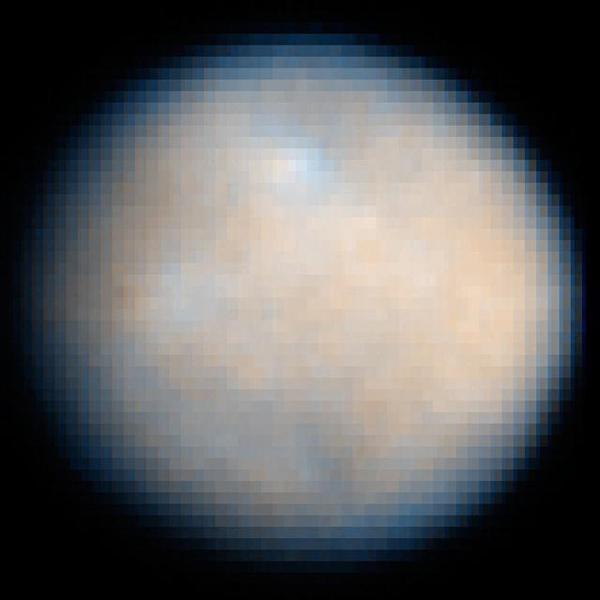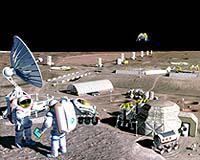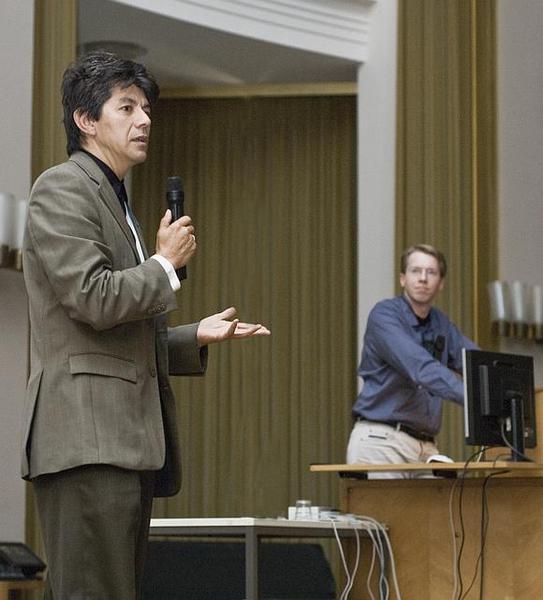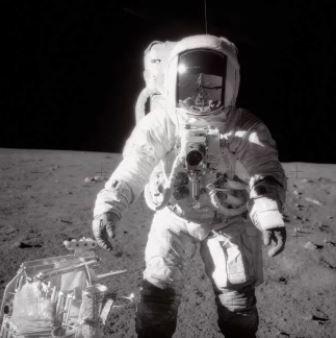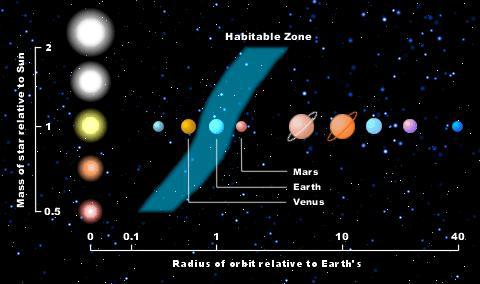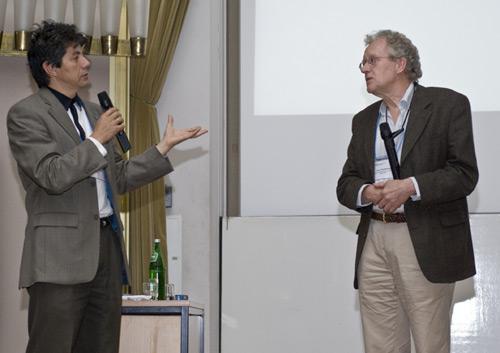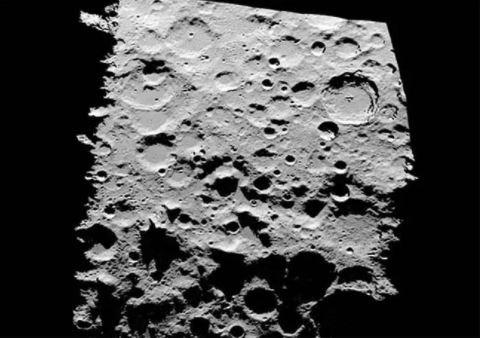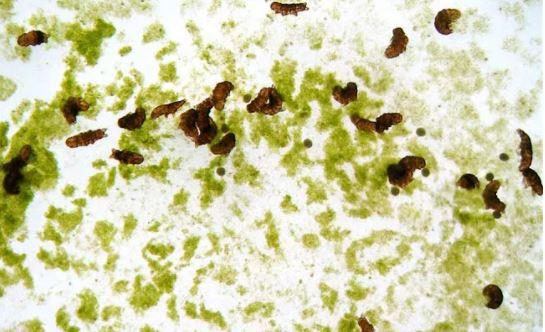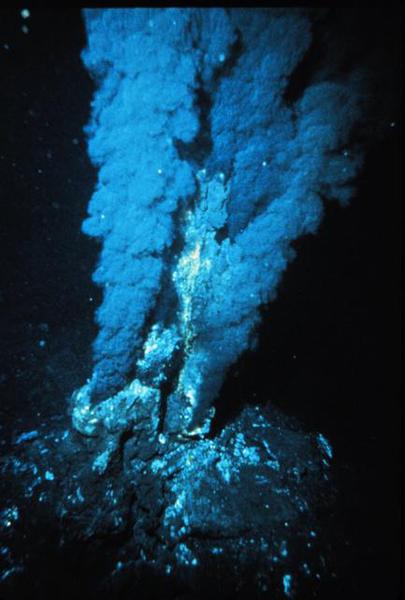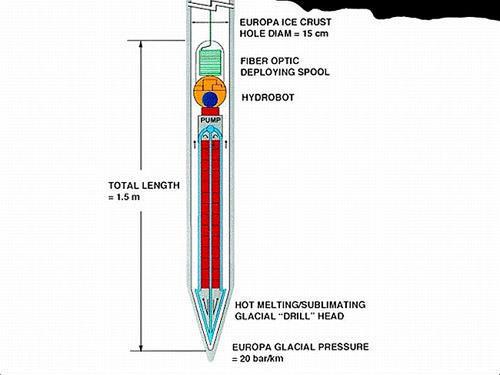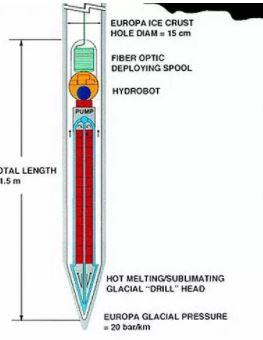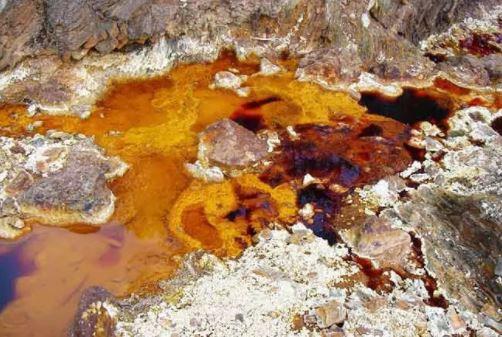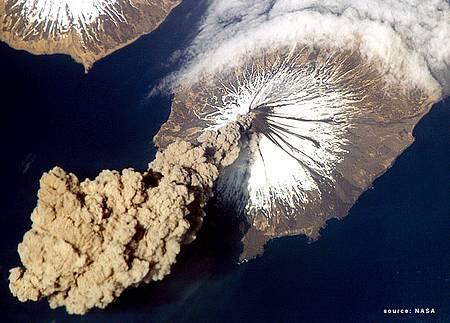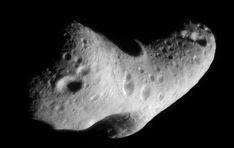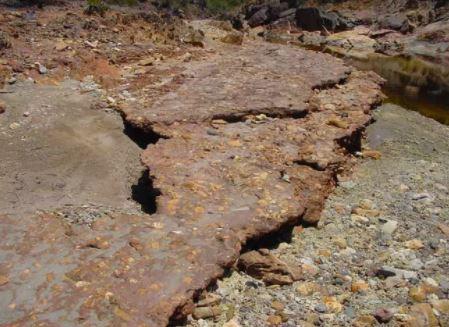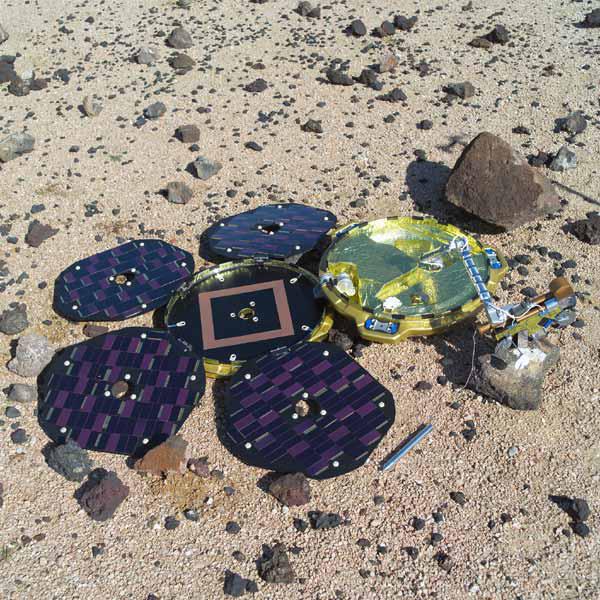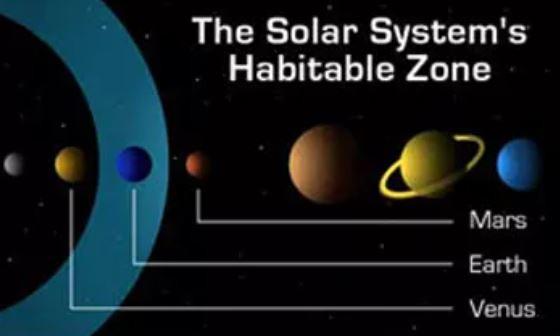
Habitable Planets: Four Types Proposed
The traditional view of our own solar system's habitable zone may be unfairly restrictive. This could also be the case for other systems.
The origin of life and the habitability of worlds other than Earth are two of the biggest mysteries facing science today. Much research has been dedicated to these topics, but there is still a lack of definite answers.
Jan Hendrik Bredehöft from the UK's Open University has been considering habitability on other worlds. "I'm one of those guys who takes a pie
The origin of life and the habitability of worlds other than Earth are two of the biggest mysteries facing science today. Much research has been dedicated to these topics, but there is still a lack of definite answers.
Jan Hendrik Bredehöft from the UK's Open University has been considering habitability on other worlds. "I'm one of those guys who takes a pie

